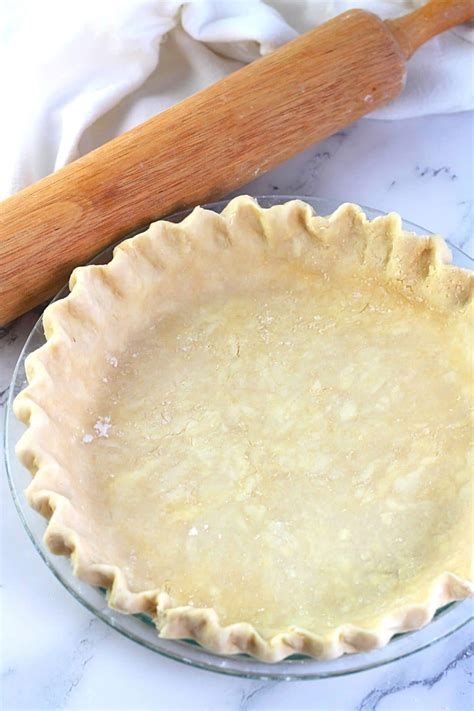The Ultimate Guide to Making Flaky Pie Crust with Butter
Are you ready to ditch the store-bought pie crust and bake like a pro? Making your own pie crust may seem daunting, but with this guide, you'll be crafting flaky, buttery perfection in no time. We'll focus on the magic ingredient: butter, and how to use it to create a truly exceptional pie crust.
Why Butter Makes the Best Pie Crust
Butter isn't just a flavor enhancer; its high fat content is key to achieving that desirable flakiness. The fat coats the flour, preventing gluten development, resulting in a tender, melt-in-your-mouth crust. Other fats can work, but butter provides a unique richness and flavor that's simply unmatched.
Essential Ingredients for a Butter-Based Pie Crust
Before we dive into the process, let's gather our essential ingredients. The simplicity of this recipe is part of its charm!
- 2 1/2 cups all-purpose flour: Provides the structure for our crust.
- 1 tsp salt: Enhances the flavors of the butter and other ingredients.
- 1 cup (2 sticks) unsalted butter, very cold and cut into cubes: The star of the show! Cold butter is crucial for flakiness.
- 1/2 cup ice water: Slowly added to hydrate the dough without activating the gluten.
Step-by-Step Guide to Making the Perfect Buttery Pie Crust
Now for the fun part! Follow these steps carefully, paying close attention to the temperature of your ingredients.
Step 1: The Flour and Salt
In a large bowl, whisk together the flour and salt. This ensures even distribution of salt throughout the dough.
Step 2: Cutting in the Butter
Add the very cold, cubed butter to the flour mixture. Using a pastry blender or your fingertips (work quickly to prevent the butter from warming!), cut the butter into the flour until the mixture resembles coarse crumbs. Some small pea-sized pieces of butter are okay – this is what contributes to flakiness!
Step 3: Adding the Ice Water
Gradually add the ice water, one tablespoon at a time, mixing gently with a fork. Don't overmix! You want the dough to just come together. The dough should be slightly moist but not sticky.
Step 4: Forming the Dough
Turn the dough out onto a lightly floured surface. Gently form it into a disc. Wrap it in plastic wrap and refrigerate for at least 30 minutes (or up to 2 days). This chilling period allows the gluten to relax and the flavors to meld.
Step 5: Rolling and Baking
Once chilled, roll out the dough on a lightly floured surface to your desired thickness. Carefully transfer the dough to your pie plate. Trim and crimp the edges. Blind bake (baking the crust before adding filling) if your recipe calls for it.
Tips and Tricks for Flaky Pie Crust Perfection
- Use very cold ingredients: This is paramount for flakiness. Chill your butter, flour, and bowl beforehand.
- Don't overwork the dough: Overmixing develops gluten, resulting in a tough crust.
- Chill the dough: This allows the gluten to relax, promoting tenderness.
- Use a pastry blender: This tool makes the process of cutting in the butter much easier and more efficient.
Variations and Flavor Enhancements
Feel free to experiment! Add a tablespoon of sugar for a sweeter crust, or incorporate herbs like rosemary or thyme for a savory twist. The possibilities are endless!
This guide equips you with the knowledge and steps to create a delicious and impressive pie crust using butter. Now go forth and bake! Remember to share your creations and tag us! Happy baking!
